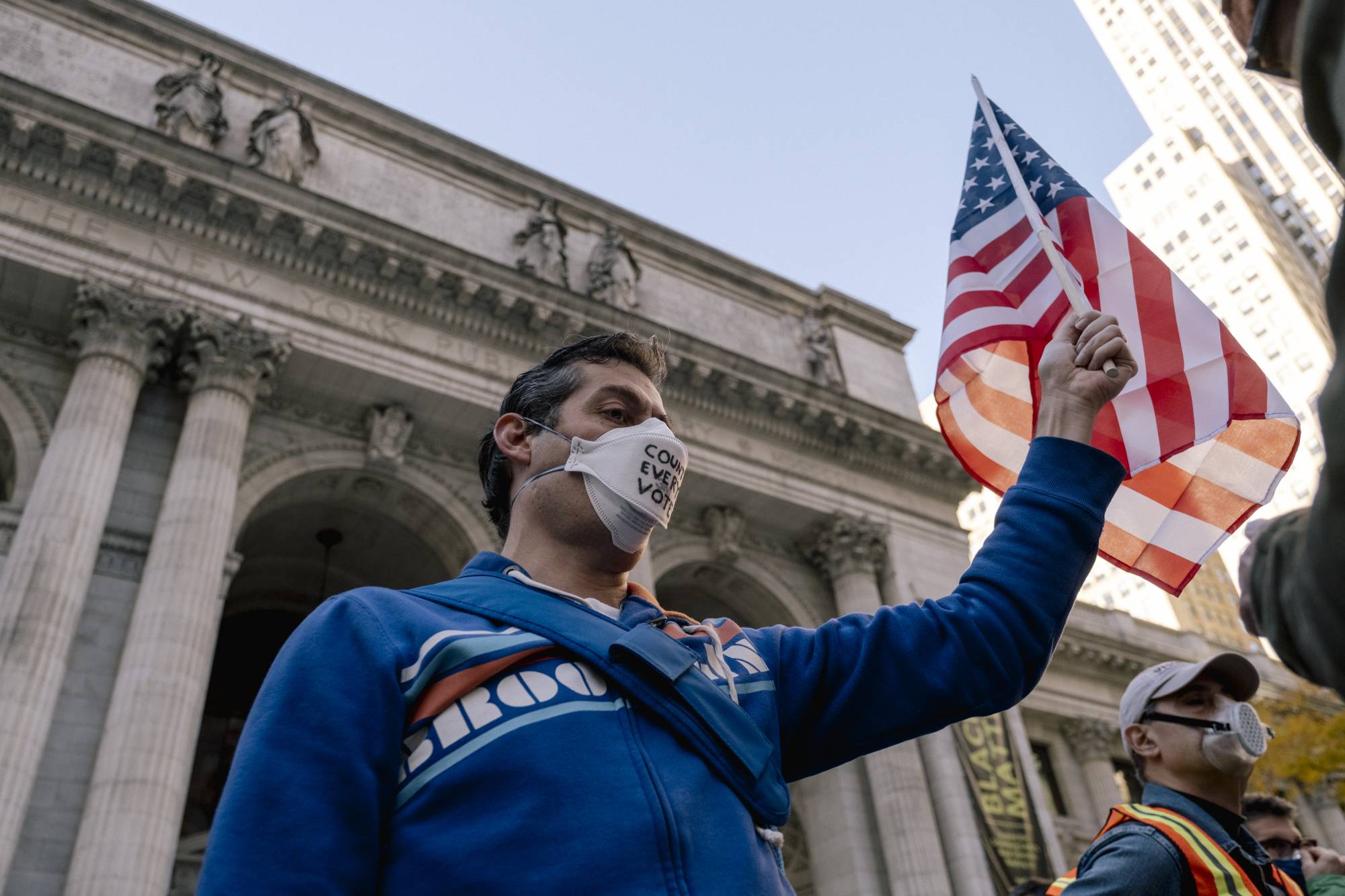Nov. 3 was election day in the United States. While voters cast ballots in state and local races, considered dozens of referendums and selected every representative and one-third of the senators, all eyes were focused on the presidential contest. Hopes and anxieties rested on a simple question: Would Donald Trump win a second term as president?
As many anticipated, 48 hours after the polls closed, the answer remains unknown. Blame a pandemic that prompted historic numbers of voters to cast early ballots — more than 100 million across the country. Blame a postal service creaking under the weight of unprecedented numbers of mail-in ballots. Blame a patchwork of rules and procedures that in some cases prevents early counting of those votes. Blame some combination of the three for creating legal challenges as authorities tried to cope with those exceptional circumstances. And, finally, blame intense divisions in the United States that have produced elections that are decided by fractions of a percentage point of turnout.
In some ways, the results are almost secondary. In the absence of an electoral tsunami that favored Democratic candidate Joseph Biden, the winner inherits a deeply divided country, one in which neither side believes in the legitimacy of the other. The intensity of support has fueled claims on each side that it can only lose because of deceit. Trump declared early Wednesday morning after polls had closed that the Democrats were trying to steal the election and threatened to go to the Supreme Court to halt vote counting as occurred in 2000, a decision that ensured the victory of George W. Bush and colored the court as partisan.

















With your current subscription plan you can comment on stories. However, before writing your first comment, please create a display name in the Profile section of your subscriber account page.